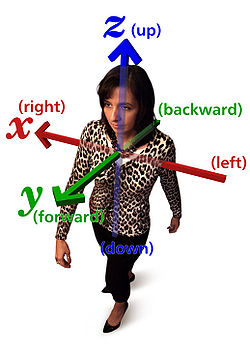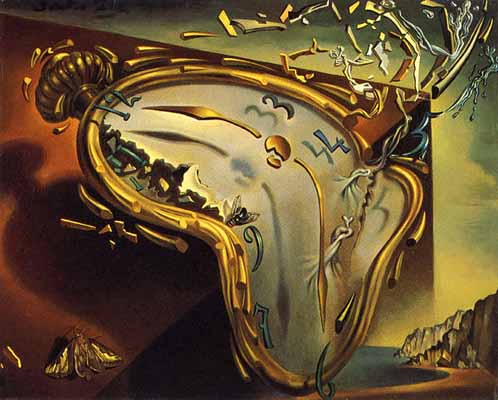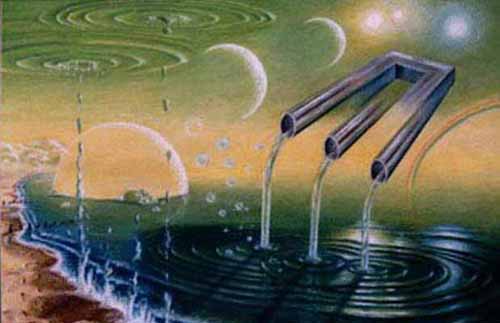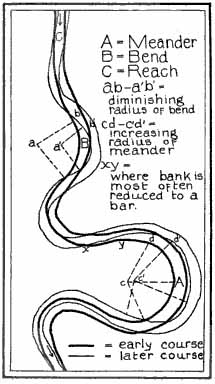
The word "direction" means many things, from finding the meaning of life and why you are here, to relative direction to compass direction, to taking or giving directions, etc.



Time flows like a river from the collective unconsciousness allowing you to perceive it as linear. As a river is never the same, so too is the flow of time and consciousness. philosophy of space and time -- the flow of time
But which way does a river flow?
A common misconception, particularly amongst schoolchildren and college students in North America, is that most, or even all, rivers flow from north to south. Rivers in fact flow downhill. Sometimes downhill is from north to south, but equally it can be from south to north, and usually is a complex meandering path involving all directions of the compass.

Rivers flowing downhill, from river source to river mouth, do not necessarily take the shortest path. For alluvial streams, straight and braided rivers have very low sinuosity and flow directly down hill, while meandering rivers flow from side to side across a valley. Bedrock rivers typically flow in either a fractal pattern, or a pattern that is determined by weaknesses in the bedrock, such as faults, fractures, or more erodible layers.
Ancient Colorado river flowed backwards PhysOrg - October 4, 2010
- Geologists have found evidence that some 55 million years ago a river as big as the modern Colorado flowed through Arizona into Utah in the opposite direction from the present-day river. Writing in the October issue of the journal Geology, they have named this ancient northeastward-flowing river the California River, after its inferred source in the Mojave region of southern California.
Recently, other researchers have speculated that rivers older than the Colorado River may have carved an ancestral or "proto" Grand Canyon around this time, long before Colorado began eroding the present canyon less than 20 million years ago. But Davis sees no evidence of this. "The Grand Canyon would have been on the river's route as it flowed from the Mojave to Utah, he says. "It stands to reason that if there was major erosion of a canyon going on we would see lots of zircon grains from that area, but we don't."
The mighty California River likely met its end as the Rocky Mountains rose and the northern Colorado Plateau tilted, reversing the slope of the land surface and the direction of the river's flow to create the present Colorado-Green River system. Davis and his colleagues have not determined precisely when the change occurred, however. "The river could have persisted for as long as 20 million years before the topography shifted enough to reverse its flow," he says.
Researchers discover 'inner compass' in the human brain PhysOrg - October 4, 2010
Researchers have discovered that a person's ability to find their way is learned gradually and that the brain eventually becomes tuned to key landmarks in the new environment. Neuroscientists found that a small area in the parietal cortex, located toward the back of the brain, provides critical information about the direction in which a person is heading.